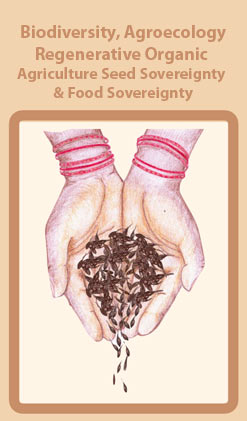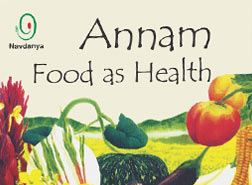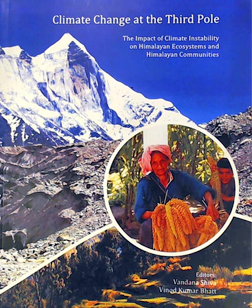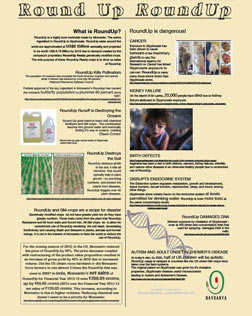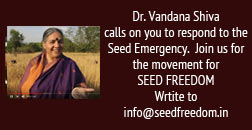Study shows health impact of pesticide but report not made public
Sonal Matharu | New Delhi | July 08 2011
Members of the civil society demanding a nationwide ban on the pesticide endosulfan on Thursday accused the government of suppressing its report on the long-term health impacts in the endosulfan exposed areas.
The study titled ‘Effect of long term endosulfan exposure on male fertility’ was conducted between 2003 and 2006 by Kasturba medical college, Manipal in Kasargod district of Kerala. India’s apex body for medical research, Indian council of medical research (ICMR), sanctioned the study which was completed in its allotted time but was never published anywhere.
Governance Now has revieved a copy of the report, which was obtained by Dr Ravindranath Shanbhag, former professor of pharmacology at Manipal University and president of the Udupi-based Human rights protection foundation through RTI.
The report states that the “follicle-stimulating hormone (FSH) and testosterone levels were significantly lower in the endosulfan exposed populations compared to control populations”. FSH is needed for growth, development and reproductive processes of the body.
The ICMR gave a grant of Rs 8,68, 022 for the study to be conducted in three villages exposed to endosulfan in the Kasargod district, which is apparently the worst affected by the use of endosulfan. Subjects for the study were randomly selected men who were living for more than five years in the areas where endosulfan was sprayed for the past 15-20 years. These men were below the age of 50 when surveyed and had no history of endocrine illness. During the 36 months of the project work, 424 samples of blood were collected out of which 313 were from endosulfan exposed population and 111 from the control population.
“The present study revealed reproductive hormones like testosterone levels were significantly reduced in endosulfan exposed populations compared to control populations. The cytogenetic study (study of the structure and function of the cell, especially the chromosomes) revealed significantly higher amount of genetic damage compared to unexposed control subjects. No correlations were found between reproductive hormone profile and cytogenetic damage,” the study states.
“Comparing with the study of nearby unexposed populations with similar lifestyle, which shows lower levels of genetic damage, it could be concluded that endosulfan exposed population carries higher amount of cytogenetic damage and also shows reduced levels of serum reproductive hormones,” the study adds.
Dr Shanbhag said that the government is suppressing the findings of the study. “A case was filed in the supreme court where the court asked ICMR to give its finding on the endosulfan affected areas in eight weeks as against three years demanded by the ICMR.”
The report also highlights that while earlier survey reports on the population showed increased cancer incidence, abortions, bone malformations in newborn children and neurological symptoms, there were no scientific studies reported on the cytogenetic damage carried out by the healthy population in this endosulfan exposed area.
The research was carried out under the head of the gynaecology and obstertrics department of Kasturba college, Dr. Pratap Kumar.
Sudheer Kumar, convenor of Endosulfan protest action committee in Kasangod district said, “Children are born without heads in the affected areas. What more proof does the government need?”
Kumar who works with other activists in the region has identified 9,000 people suffering from various health problems due to endosulfan exposure. Out of these 4,600 are bed-ridden and 1,000 have died over the last 15 years.
In 2004, national institute of occupational hazards (NIOH) in it's report on residual studies submitted to the national human rights commission (NHRC) said that the pesticide residue was found in blood, semen and breast milk samples of the people living in endosulfan-affected regions.
“There is a nexus between the bureaucrats, scientists, industrialists and political leaders Sharad Pawar and Jairam Ramesh,” said Kumar.
Even though Endosulfan is banned in 83 countries, at the United Nation's Geneva conference earlier this year, where a call for nation-wide ban on the pesticide was made, India pitched for a relaxation of five years and asked for the pesticide to be used on 33 crops. These crops are mainly food crops including tomato and cabbage, said Kumar.
The pesticide is produced by 62 companies in India including Hindustan Insecticides company, which is government owned. Endosulfan is one of the cheapest pesticide available and apparently the industry has 1.5 lakh tones of it in stock.
In India 1,400 pesticides are available. In all, over 8,000 poisonous chemicals are used out of which only 900 are tested. Rest are being used without any testing, said Vandana Shiva from Navdanya, an ngo working in this area.


